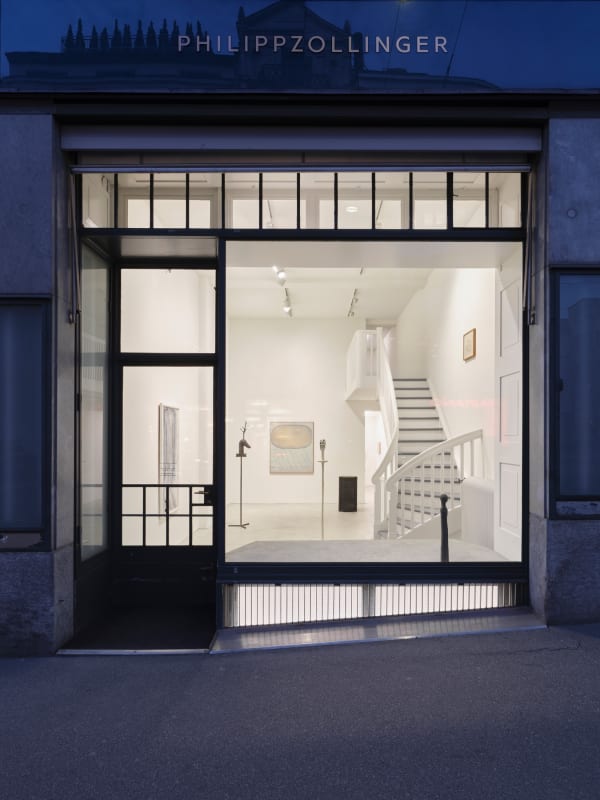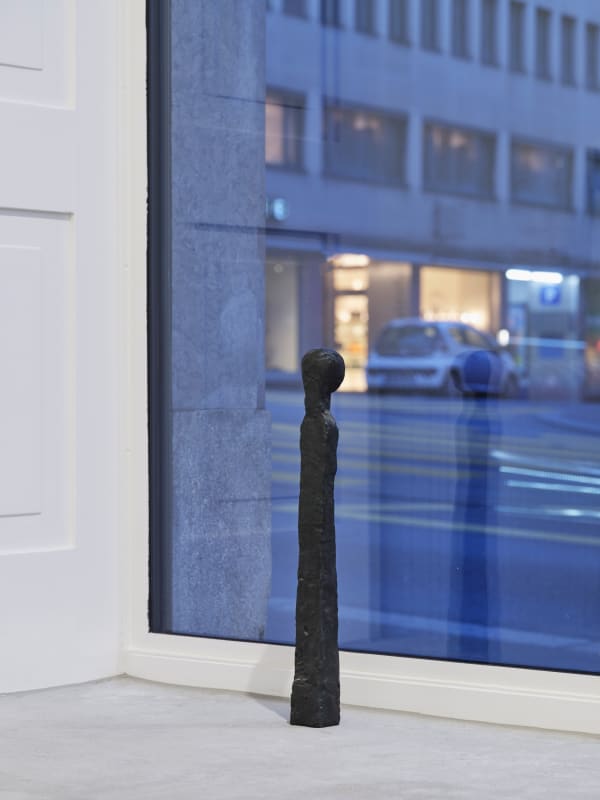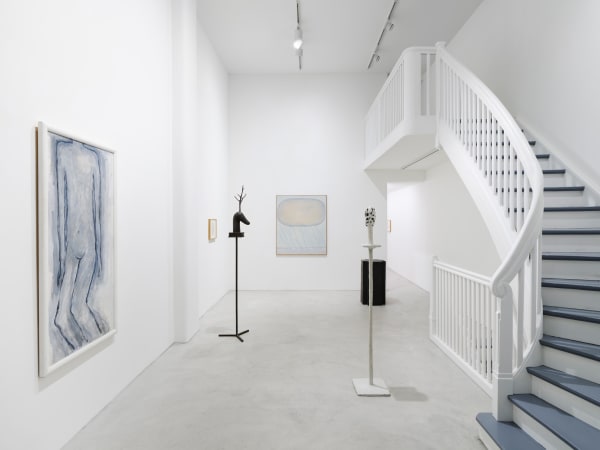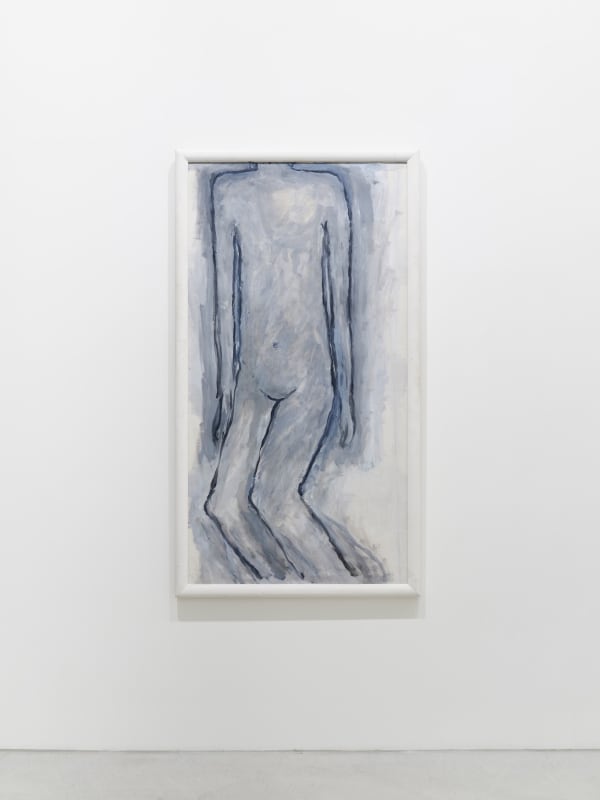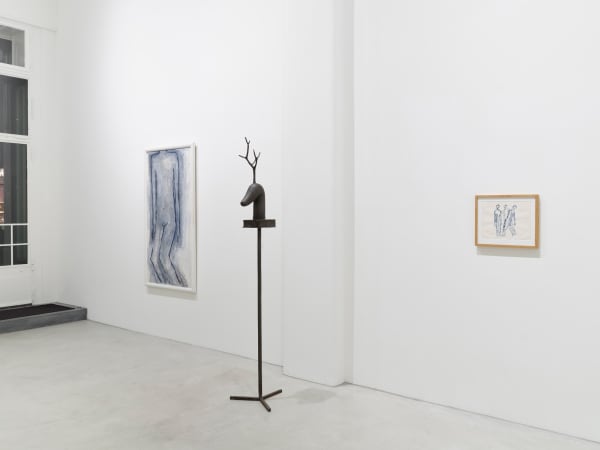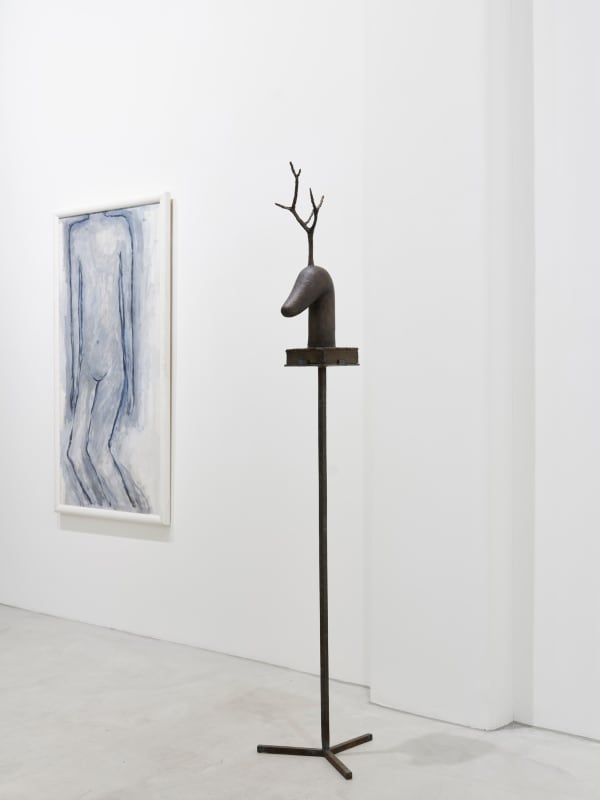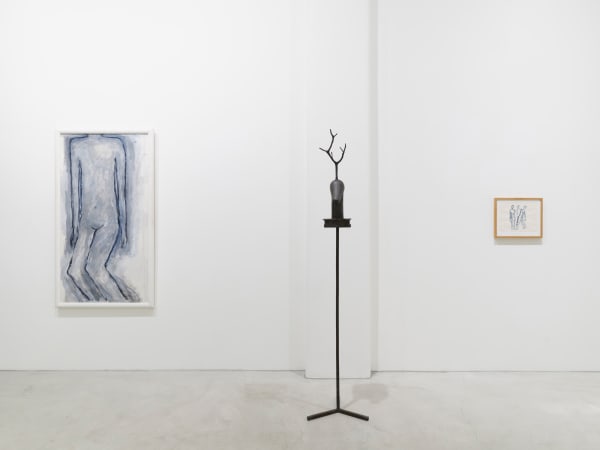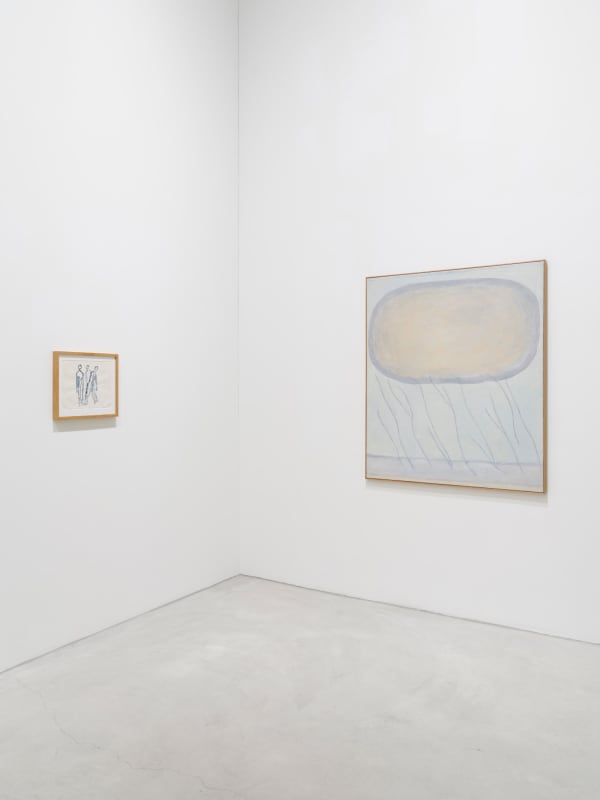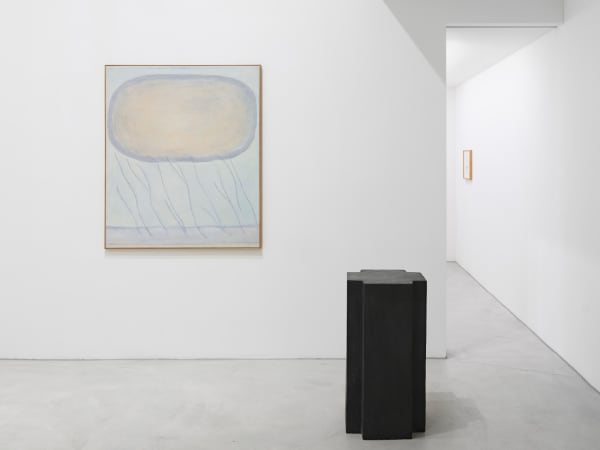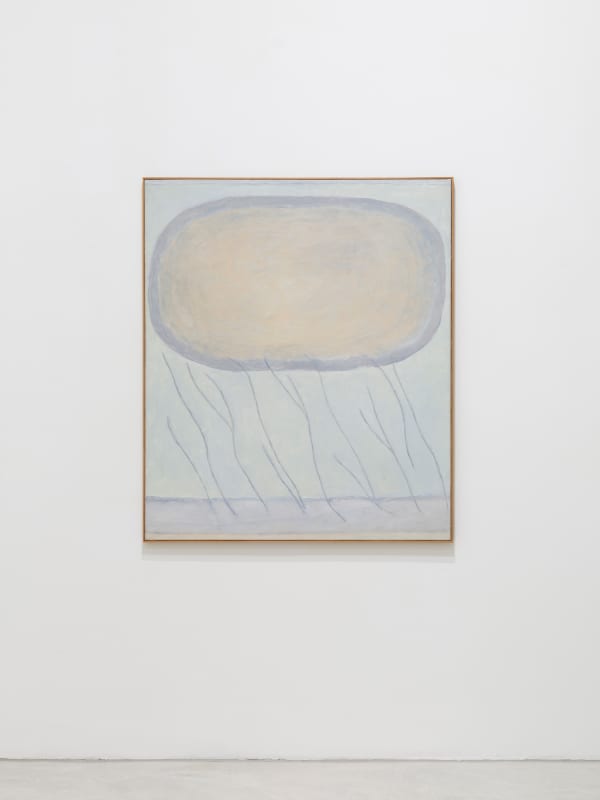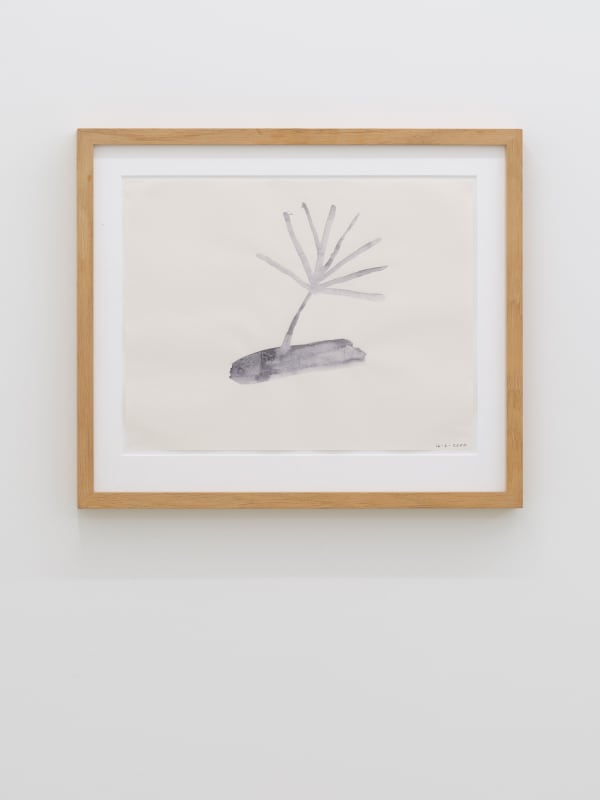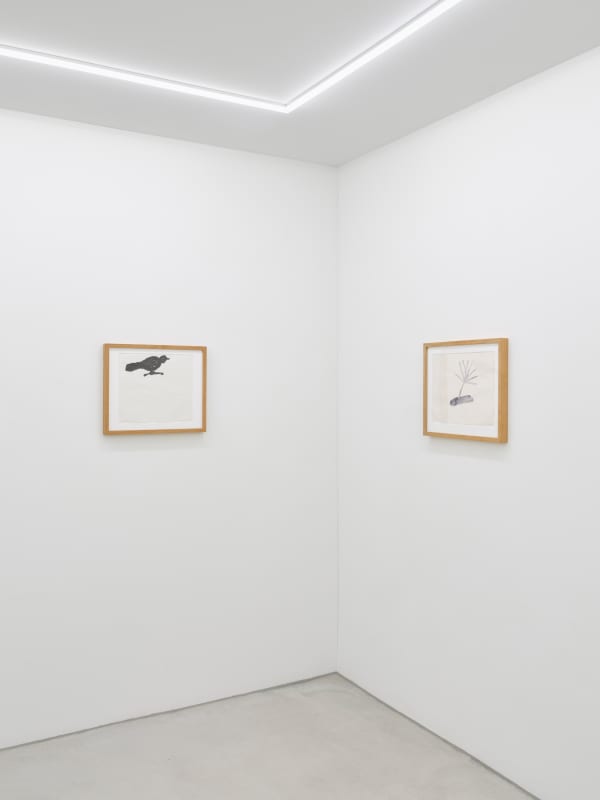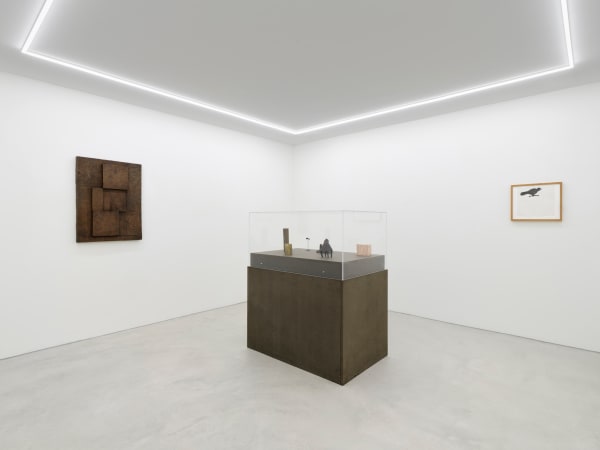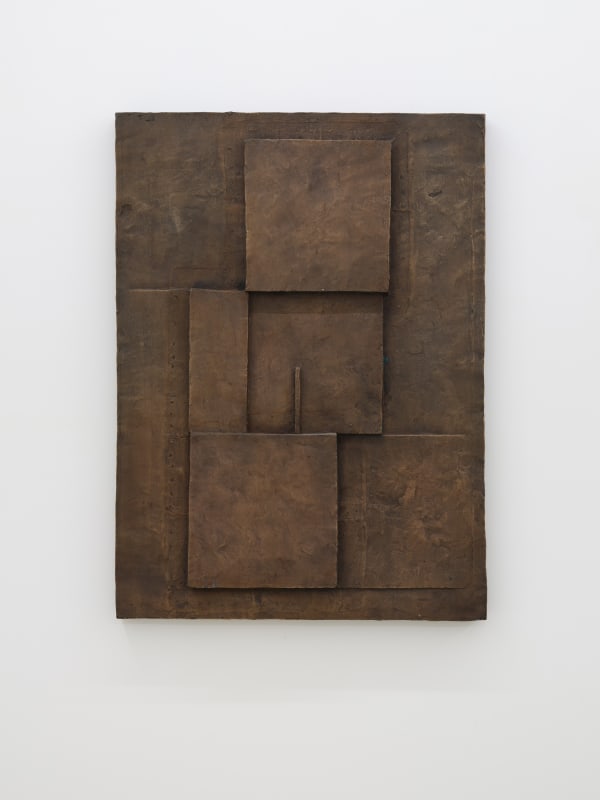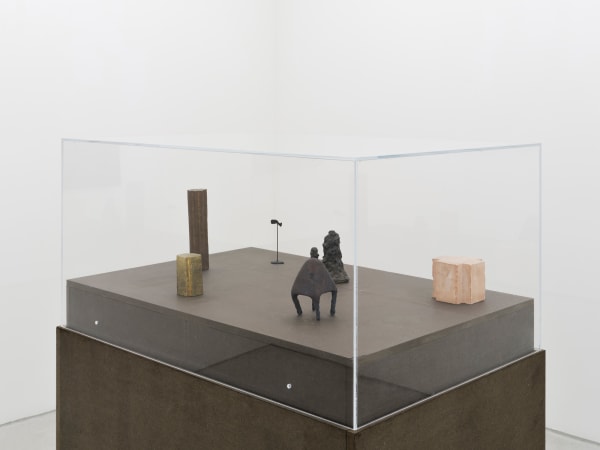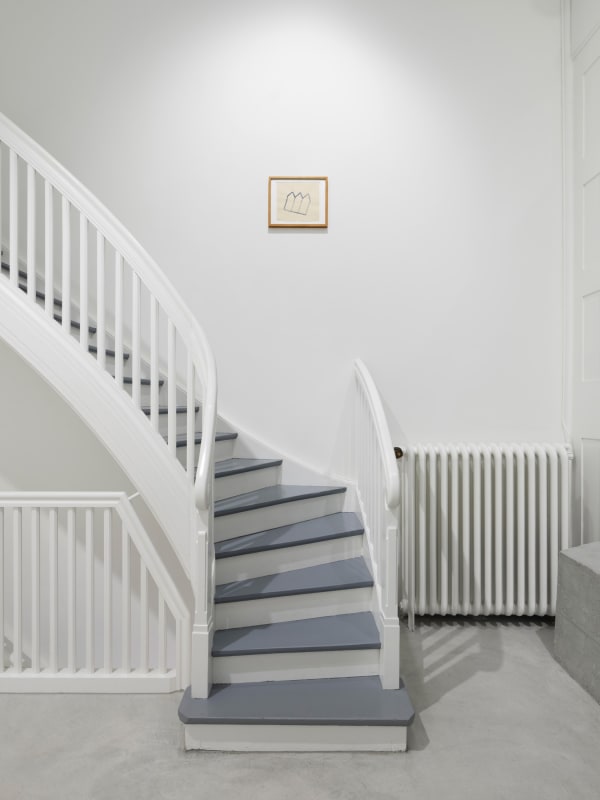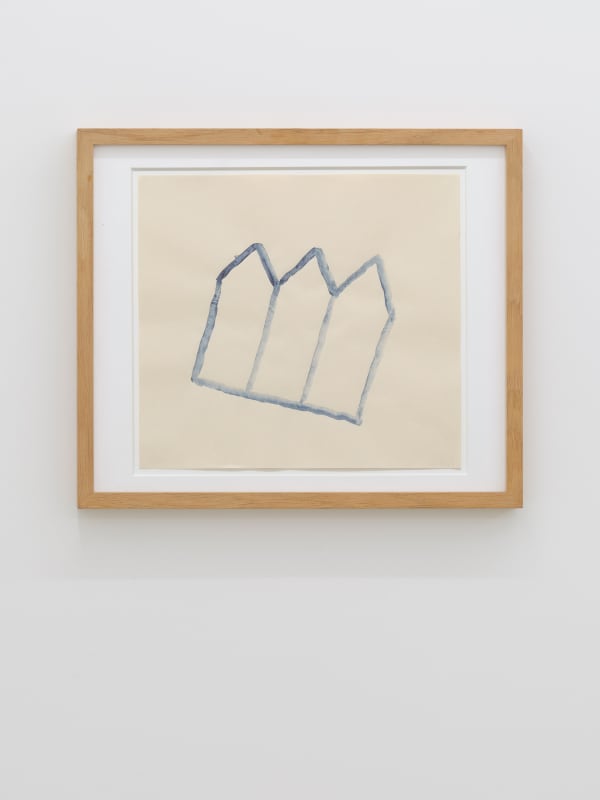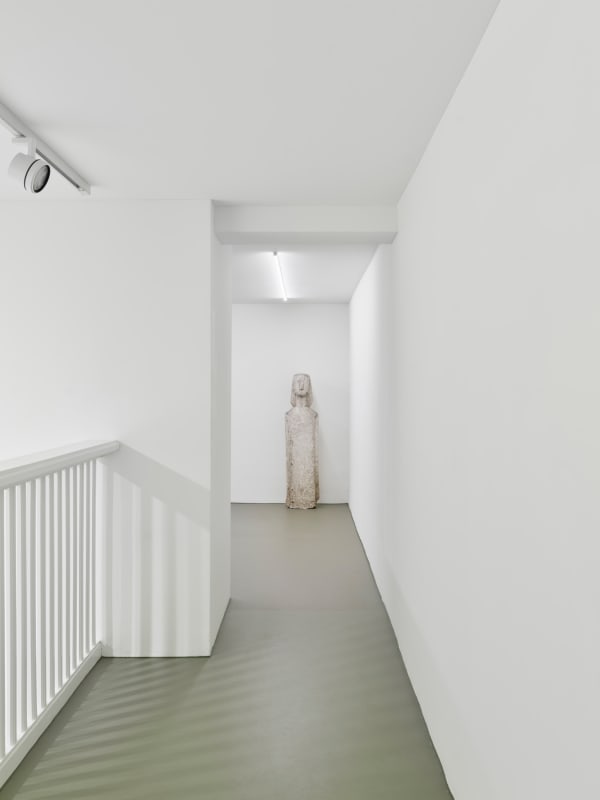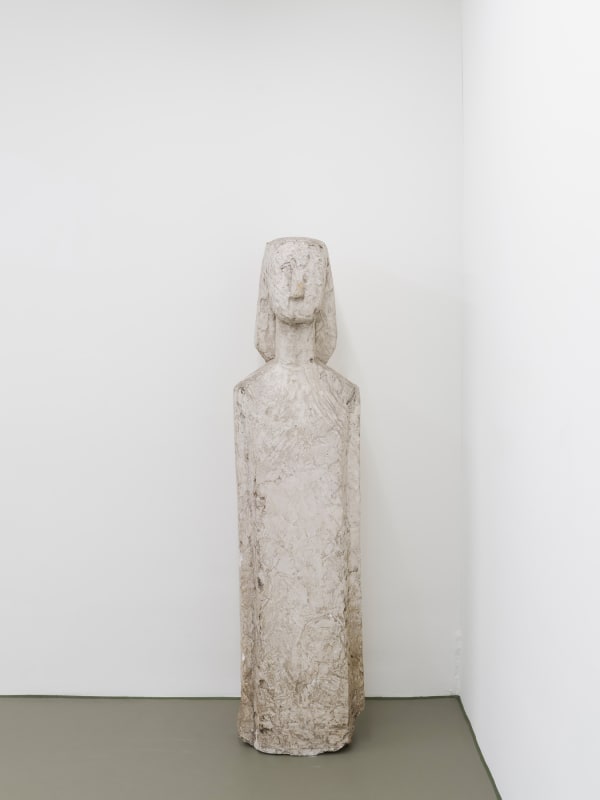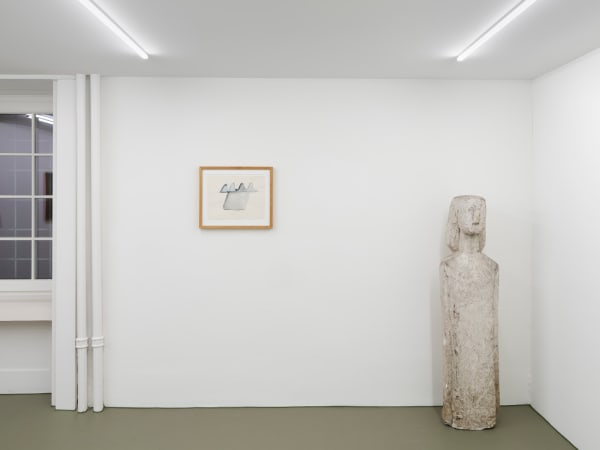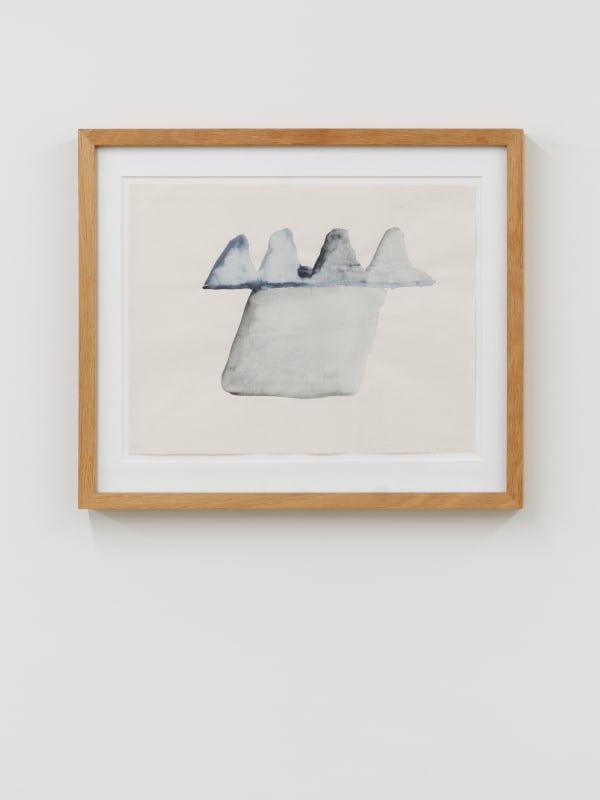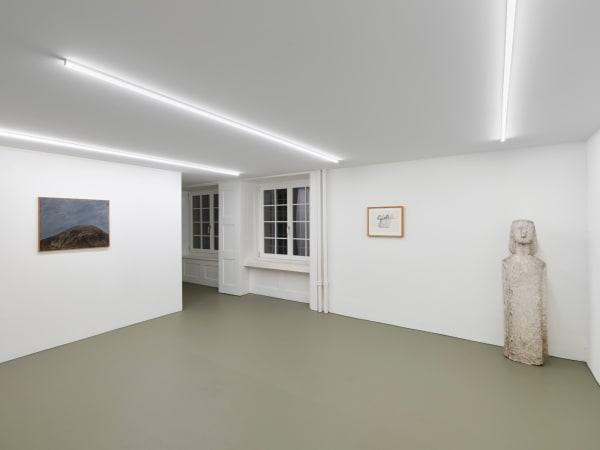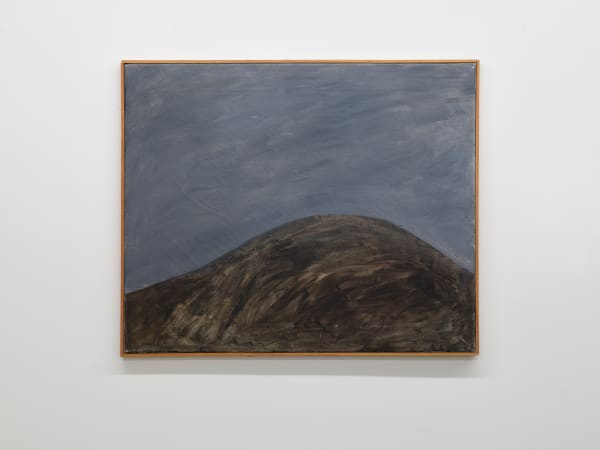Trudi Demut: Fallen from Heaven
Otto Müller said of her that she had "fallen from heaven with learning". The daughter of a locksmith at SBB, initially completed a commercial apprenticeship. She used a stay in England as an au pair in 1947-48 to attend an evening sculpture class at the Kingston School of Art in London. Back in Zurich, she became a trainee for the gravestone sculptor Sepp Zgraggen. At his workshop she met Otto Müller and Hans Aeschbacher. She knew immediately that she wanted to be part of these artists. Given her steadfastness, Otto Müller was happy to take the young woman on as a student. Müller, who was 22 years her senior, not only familiarized her with the craft, but also opened up to her a world of culture encompassing the history of art, philosophy and literature, which was to nourish her throughout her life. In 1953, she moved into her own studio at Wuhrstrasse, the legendary building cooperative of painters and sculptors. At the same time, she immersed herself in painting as an autodidact. In 1957, the city of Zurich acquired her first sculpture, and numerous other purchases and commissions from the public sector followed. The fact that she rarely stepped into the limelight has to do with her modesty, with a withdrawal of her personality, which also characterizes her art, internalizes it and makes it unspectacularly compelling.
Her fountain on Zurich's Werdplatz is one of the most famous unknown works of art in the city. The bronze column sculpture, three meters high, rising from a small square water basin, has joined the old chestnut trees as if it had grown in their shade. Whatever Trudi Demut took in her hand became organic, and organically, one thing developed from the other. Starting from a largely abstract figuration, she arrived at a non-objectivity that never denied its origin - nature. In her work, a penchant for the lapidary is combined with an interest in the creaturely. What can be seen even in her reliefs, steles and other bodies of works from the late 1950s and 1960s, which are committed to geometry, the living matter, led to poetic, surreal creations in the 1970s. Next to arching and rearing tables that have become living beings, tall, slender sculptures with a long shaft on which fragile objects and figures sit are created: islands with mountains and flames, a tree, a needle, a mask, but also the head of a unicorn stag, a centaur, Icarus, a human figure. These figures have something of dream images, signal-like apparitions that leave it open whether they mean protection or threat.
Demut's painting is a confirmation and continuation of her sculptural work. Here, too, she is guided by her imagination and strives for the greatest possible condensation. “Another Cloud” is the title of a painting from 1994–95. The cloud has - as if by itself - become the central motif of her paintings, which concentrates on individual forms and suggests infinite spaces in light, vibrating areas of color. The cloud represents flying and floating, but can also dangerously gather and discharge, which describes a basic theme of Demut's work: the urge to take off and merge with the world spirit, which is opposed by the fear of loneliness and collapse. – Caroline Kesser, 2007
-
Trudi Demut was born in 1927, in Zurich, and passed away in 2000. Exhibitions include at Kunsthaus Zug (2004); Kunsthaus Zurich (1978 & 1976) and Kunstmuseum Luzern (1967).
-

-

Stehende, 1955, bronze, 59 x 6 x 6 cm
-

-
 Untitled, zirka 1965, oil on canvas, 169 x 77 cm
Untitled, zirka 1965, oil on canvas, 169 x 77 cm -

right, Weisses Bäumchen, 1984-86, bronze painted white, 126 x 31 x 29 cm
-

-

Einhorn-Hirschchen oder «Trophäe ohne den Jäger», 1983-84, bronze on iron frame, 197 x 19 x 28 cm
-

-

20.6.2000, watercolor on paper, 24 x 32 cm
-

-

right, Plastik I, 1969, bronze, 78 x 41 x 41 cm
-

Helle Landschaft, 1974, oil on canvas, 126 x 107 cm
-

16.6.2000, watercolor on paper, 25 x 32 cm
-

-

18.2.2000, watercolor on paper, 27 x 30 cm
-

-

Relief II, 1956, bronze, 79 x 57 x 7 cm
-
 Various studies, 1969-99
Various studies, 1969-99 -

-

25.10.99, watercolor on paper, 27 x 29 cm
-

-

Untitled, zirka 1955, plaster, 123 x 30 x 30 cm
-

-

12.9.2000, watercolor on paper, 24 x 32 cm
-

-

Brauner Berg, 1974, oil on canvas, 50 x 60 cm

